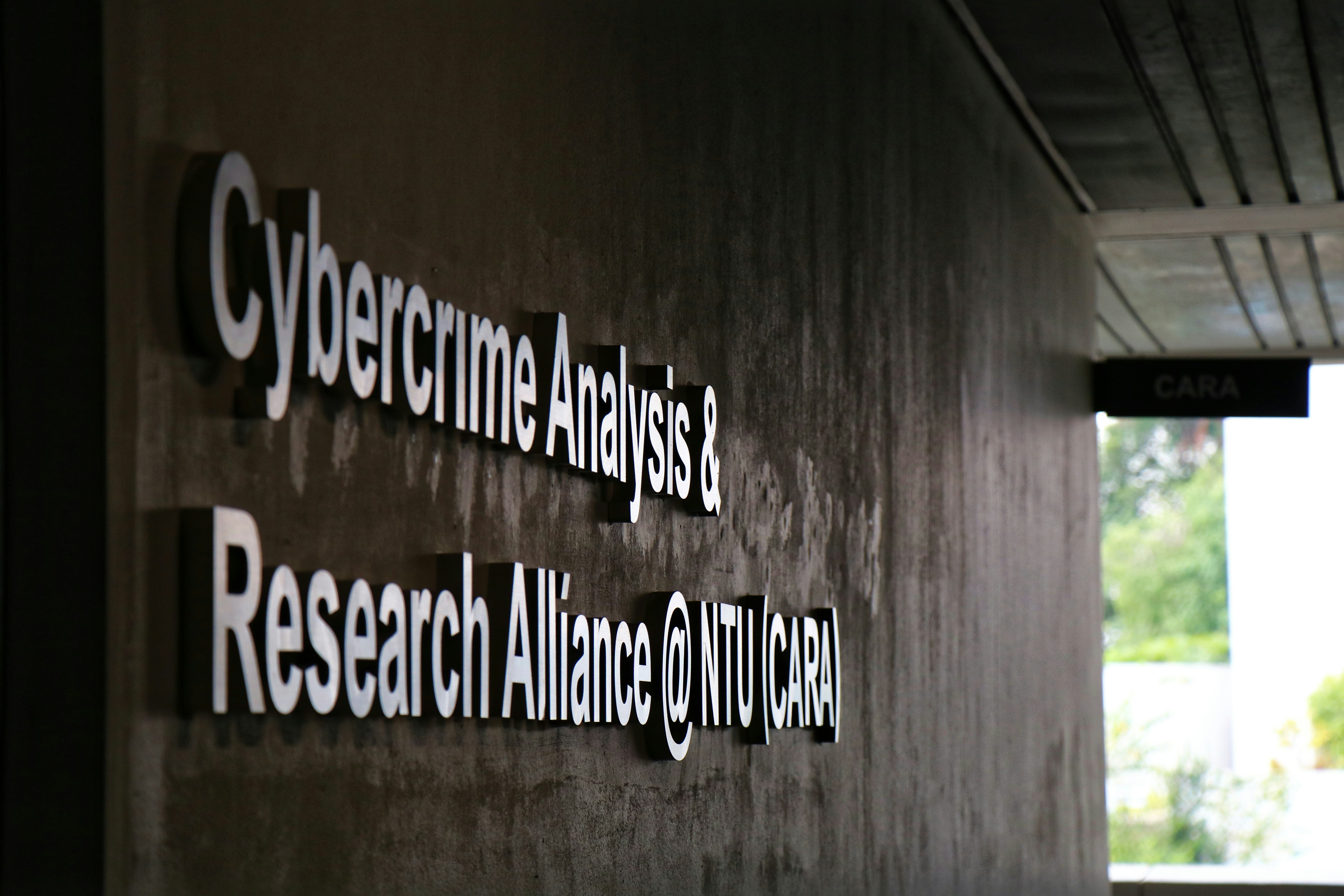
Understanding Business Email Compromise (BEC)
Business Email Compromise (BEC) refers to a sophisticated form of cybercrime wherein attackers manipulate electronic communications to deceive individuals and organizations into transferring funds or sensitive information. This manipulation often involves impersonating a trusted authority within the organization, such as a CEO or financial officer, through fraudulent emails. The significance of BEC cannot be overstated, as it poses a severe threat to businesses of all sizes, resulting in substantial financial losses and reputational damage.
The evolution of BEC tactics has advanced significantly over the years. Initially, cybercriminals would rely on simple phishing techniques; however, as awareness and anti-fraud technologies have improved, they have adapted their strategies to become more nuanced. Modern tactics often include reconnaissance to gather information about the target, such as observing email communication styles and organizational hierarchies, allowing criminals to craft convincing messages. With the rise of artificial intelligence (AI), processes like AI phishing have also become more prevalent, enabling attackers to generate highly sophisticated and personalized emails that are difficult to detect as fraudulent.
Statistical evidence demonstrates the alarming growth of BEC incidents. According to the Federal Bureau of Investigation (FBI), the reported losses associated with these scams reached over $1.8 billion between 2016 and 2021. Moreover, businesses are increasingly facing repercussions as they struggle to keep up with evolving business scam trends. Recent case studies highlight instances where organizations were significantly affected, reinforcing the importance of vigilance and preparedness against future BEC threats.
To effectively mitigate these risks, companies are encouraged to adopt comprehensive training programs for employees, encouraging them to seek assistance with transaction anomaly watch (TAW) solutions. Implementing robust TAW systems can serve as a proactive measure against email fraud forecasts, providing an additional layer of security. As BEC tactics continue to develop, staying informed and adopting preventative measures is crucial for safeguarding organizational interests.
Future BEC Threats in 2025
The Business Email Compromise (BEC) landscape is continually evolving, with cybercriminals constantly seeking innovative methods to exploit vulnerabilities. As we look ahead to 2025, it is predicted that the integration of artificial intelligence (AI) will play a critical role in enhancing phishing tactics. With the rapid advancement of AI technologies, cybercriminals are likely to employ sophisticated algorithms that can mimic legitimate communication patterns, making it increasingly difficult for businesses to identify fraudulent emails.
Moreover, the anticipated advancements in email forgery techniques suggest that cybercriminals will become more skilled in creating authentic-looking emails that could easily deceive employees. These forgeries may leverage high-quality graphics and familiar branding, which will consequently amplify the risks surrounding email fraud forecasts. Organizations need to be vigilant, as these tactics will likely evolve to exploit social engineering aspects, further complicating detection efforts.
As businesses adapt to new security measures, such as multi-factor authentication and advanced anomaly detection, cybercriminals will likely adjust their strategies in response. This adaptive behavior indicates that BEC threats will not only become more prevalent but also more intricate, as criminals rely on innovative methods to bypass security protocols. The future BEC threats in 2025 will also see an increase in “conversational phishing,” where attackers initiate discussions to build trust before executing their scams. In light of these projections, companies are advised to seek assistance with Transactions Anomaly Watch (TAW) services, which can effectively monitor and analyze transaction patterns, ensuring prompt intervention in case of suspicious activities.
Expert opinions suggest that staying aware of emerging business scam trends and constantly updating security measures will be imperative for organizations. The proactive adoption of advanced technologies and enhanced employee training will serve as essential components of a robust defense strategy against the continually evolving threats posed by BEC in the near future.
The Rise of AI Phishing Techniques
The emergence of artificial intelligence (AI) is significantly altering the landscape of business email compromise (BEC) threats, particularly in the realm of phishing attacks. Cybercriminals are increasingly leveraging AI technologies to craft highly convincing emails that closely mimic legitimate communication, making it considerably challenging for individuals and organizations to identify fraudulent attempts. By utilizing natural language processing and other advanced algorithms, these malicious actors can generate messages that resonate with recipients, effectively bypassing traditional security measures.
One notable application of AI in phishing is the creation of targeted emails designed to exploit specific vulnerabilities within an organization. For instance, machine learning models can analyze employee roles, recent company activities, and even public social media profiles to produce tailored messages that appear authentic. Such levels of personalization exploit the trust inherent in workplace communications, enticing victims to share sensitive information or authorize unauthorized transactions.
The integration of AI into phishing strategies not only enhances the sophistication of these attacks but also increases their frequency. Moreover, as AI technologies continue to evolve, so too will the capabilities of cybercriminals to circumvent existing defenses. This necessitates that organizations actively seek assistance with transactions anomaly watch (TAW) systems that can detect unusual patterns in transaction behaviors, helping to fortify defenses against these emerging threats.
Real-world examples illustrate just how damaging AI-driven phishing tactics can be. Businesses have fallen victim to scams that leverage AI-generated emails to redirect payments or extract confidential data, leading to substantial financial loss and damage to reputations. As organizations prepare for the future of email fraud forecasts, it is essential to invest in robust security frameworks and train employees to recognize the hallmarks of AI phishing. The growing sophistication of these tactics underscores the urgent need for vigilance in cybersecurity protocols.
Proactive Strategies for Detection and Prevention
As businesses face the ever-evolving landscape of cyber threats, particularly in relation to business email compromise (BEC), it becomes imperative to implement proactive strategies for detection and prevention. With the anticipated rise in AI phishing and emerging scam trends, organizations must prioritize their cybersecurity frameworks to safeguard against future BEC threats.
One of the most effective approaches is the adoption of advanced anomaly detection strategies, such as those offered by Transactions Anomaly Watch (TAW). This sophisticated system enables businesses to monitor and analyze transactions for unusual activities, facilitating quick responses to potential threats. By integrating TAW into your operational protocols, companies can substantially reduce the risk of falling victim to email fraud and related scams. Organizations should ensure their incident response plans are well-defined, allowing for immediate action when anomalies are detected.
In addition to technical solutions, fostering a strong organizational culture around cybersecurity is crucial. Employee education should be a continuous process that focuses on recognizing BEC scams and understanding the importance of reporting suspicious emails. Regular training sessions can empower employees to identify potential threats, significantly decreasing the likelihood of successful attacks. Best practices include establishing clear guidelines on how to handle sensitive information and the protocols for verifying requests that involve financial transactions.
Furthermore, businesses should encourage a healthy dialogue regarding cybersecurity concerns among staff, ensuring that everyone is aware of evolving business scam trends and email fraud forecasts. By seeking assistance with TAW or similar tools, organizations can reinforce their defenses against future threats while creating a vigilant workforce that is prepared to combat potential BEC attacks proactively.
In conclusion, organizations must remain vigilant as they navigate the complexities of the digital landscape. By employing advanced detection systems, promoting a robust cybersecurity culture, and investing in employee training, businesses can effectively position themselves to tackle the challenges posed by future BEC threats.


